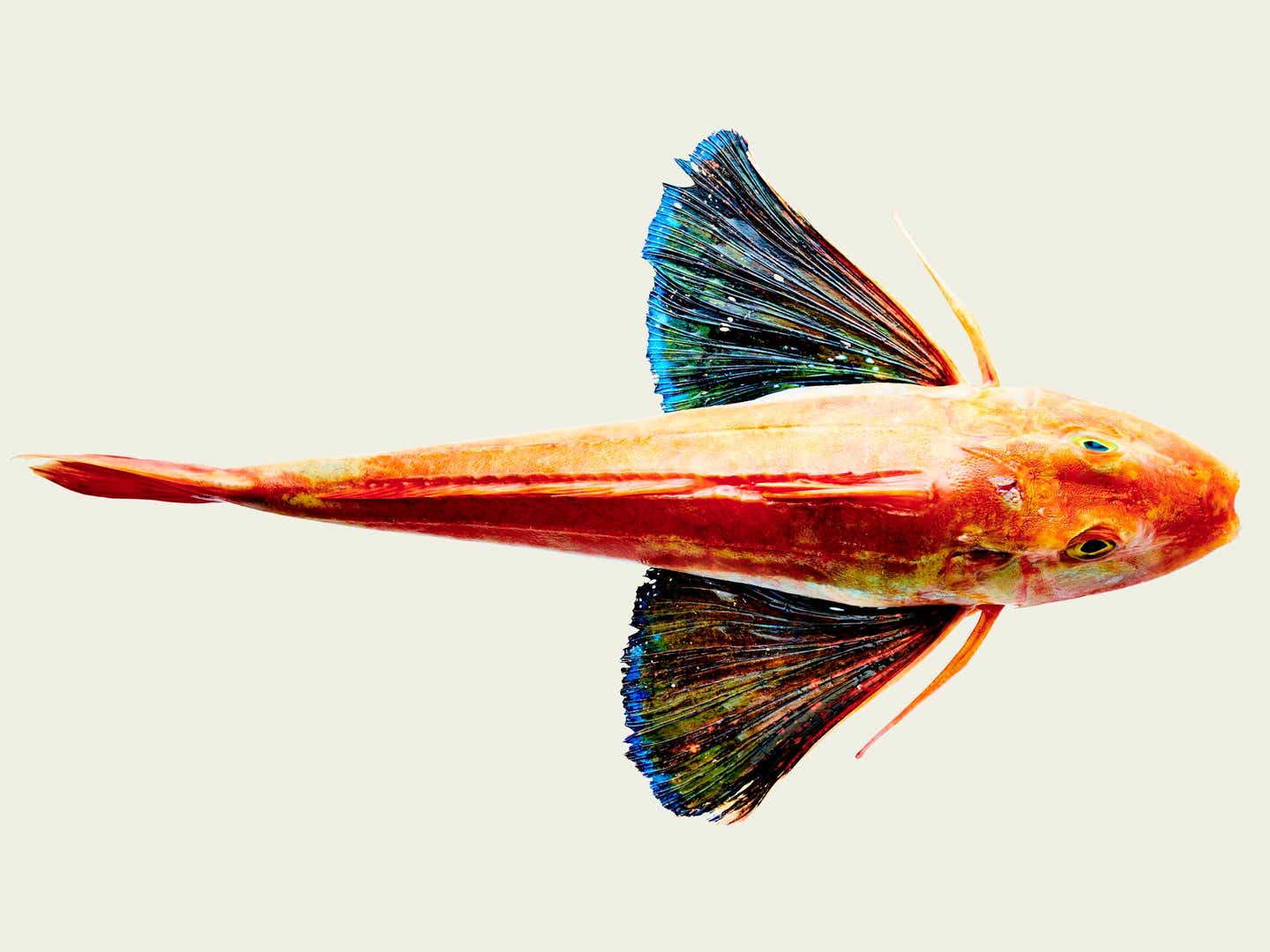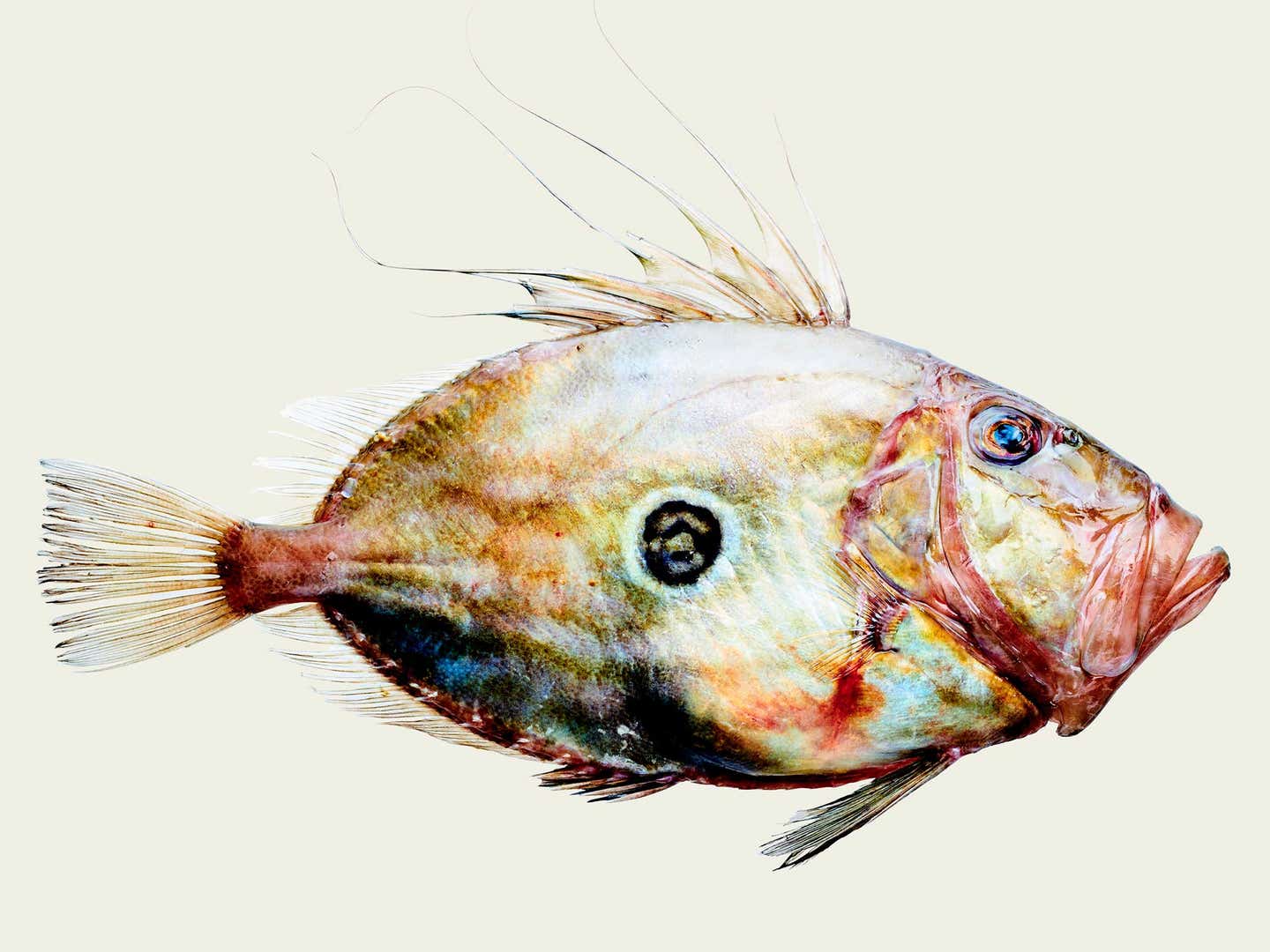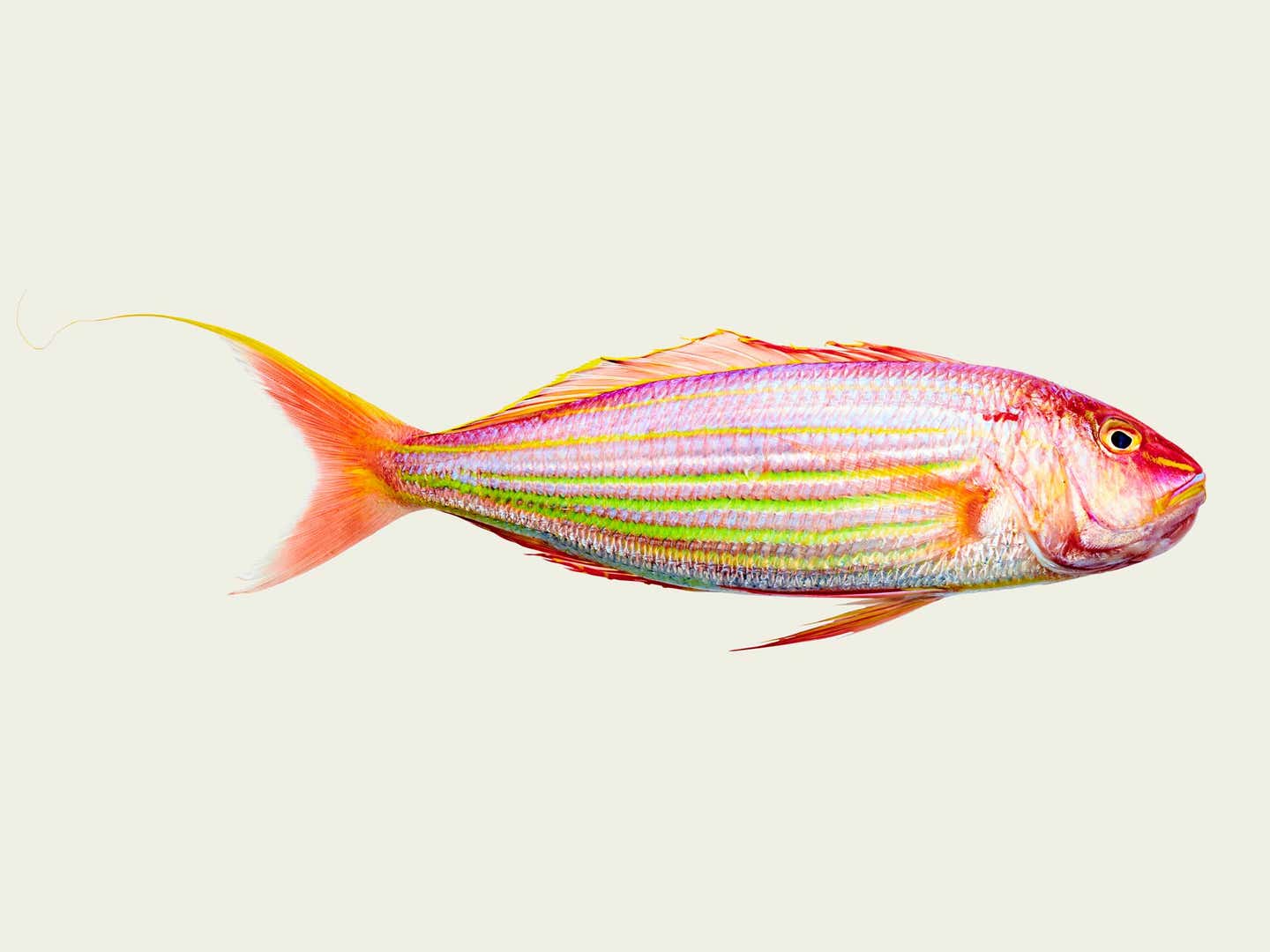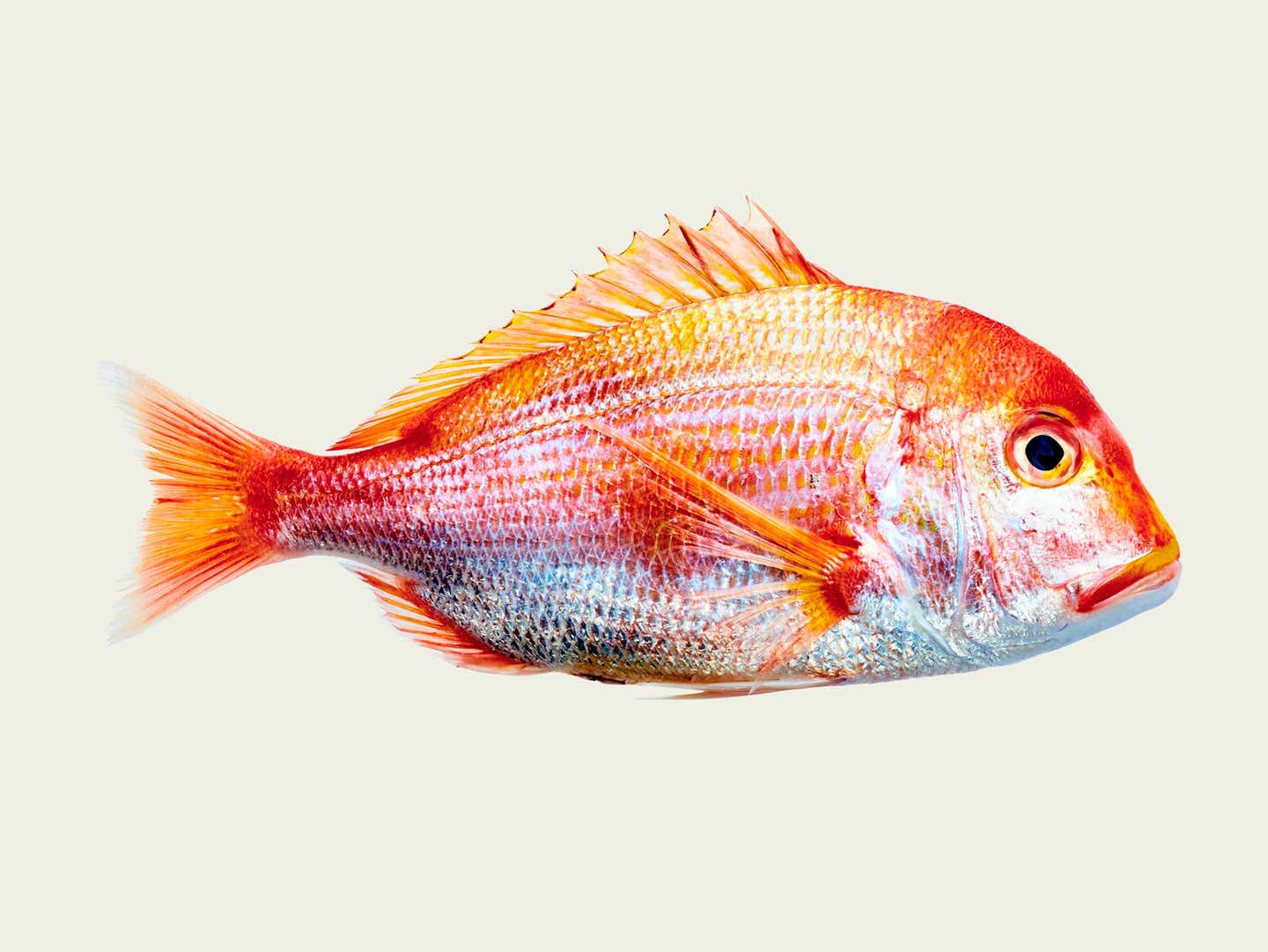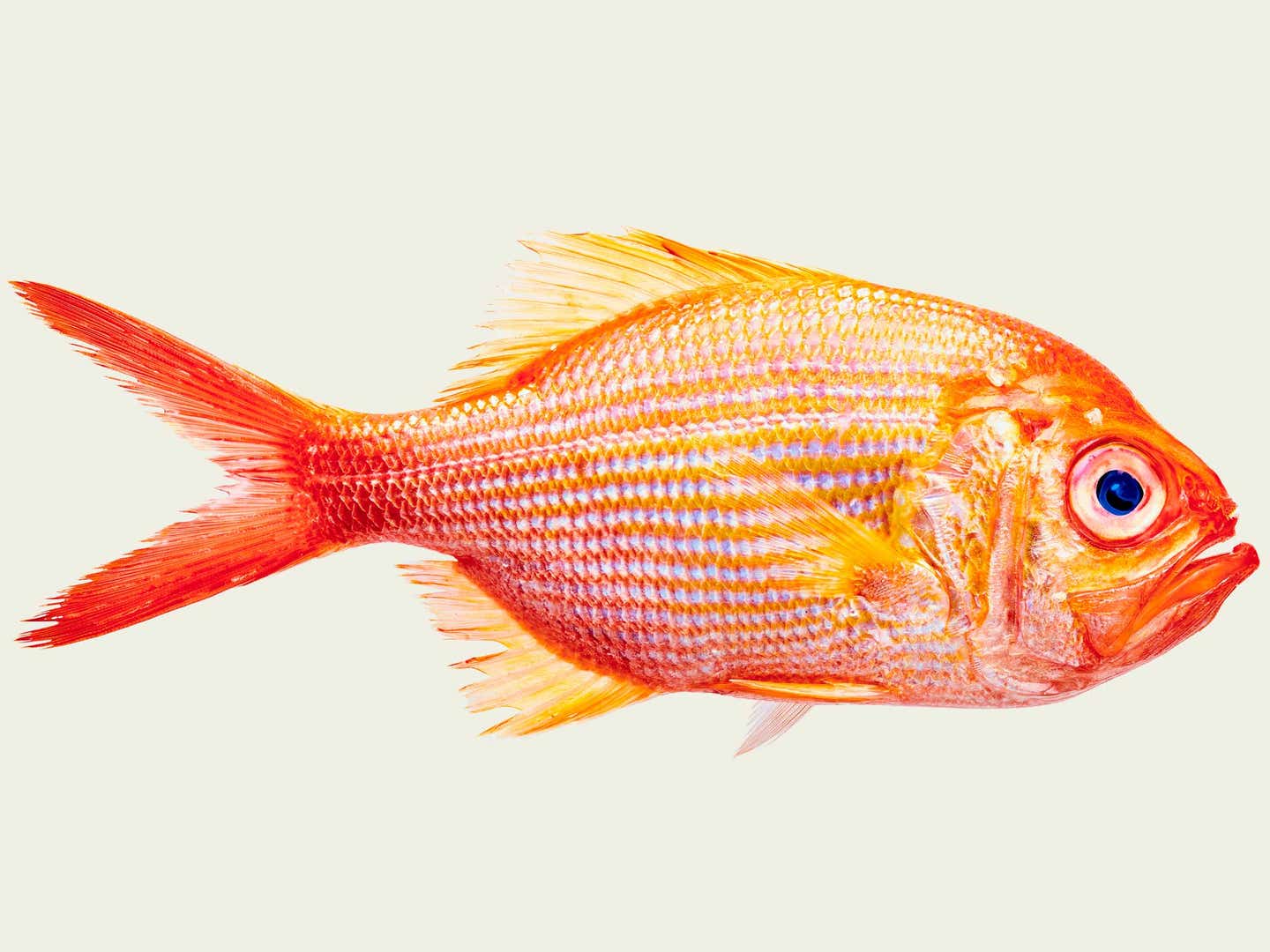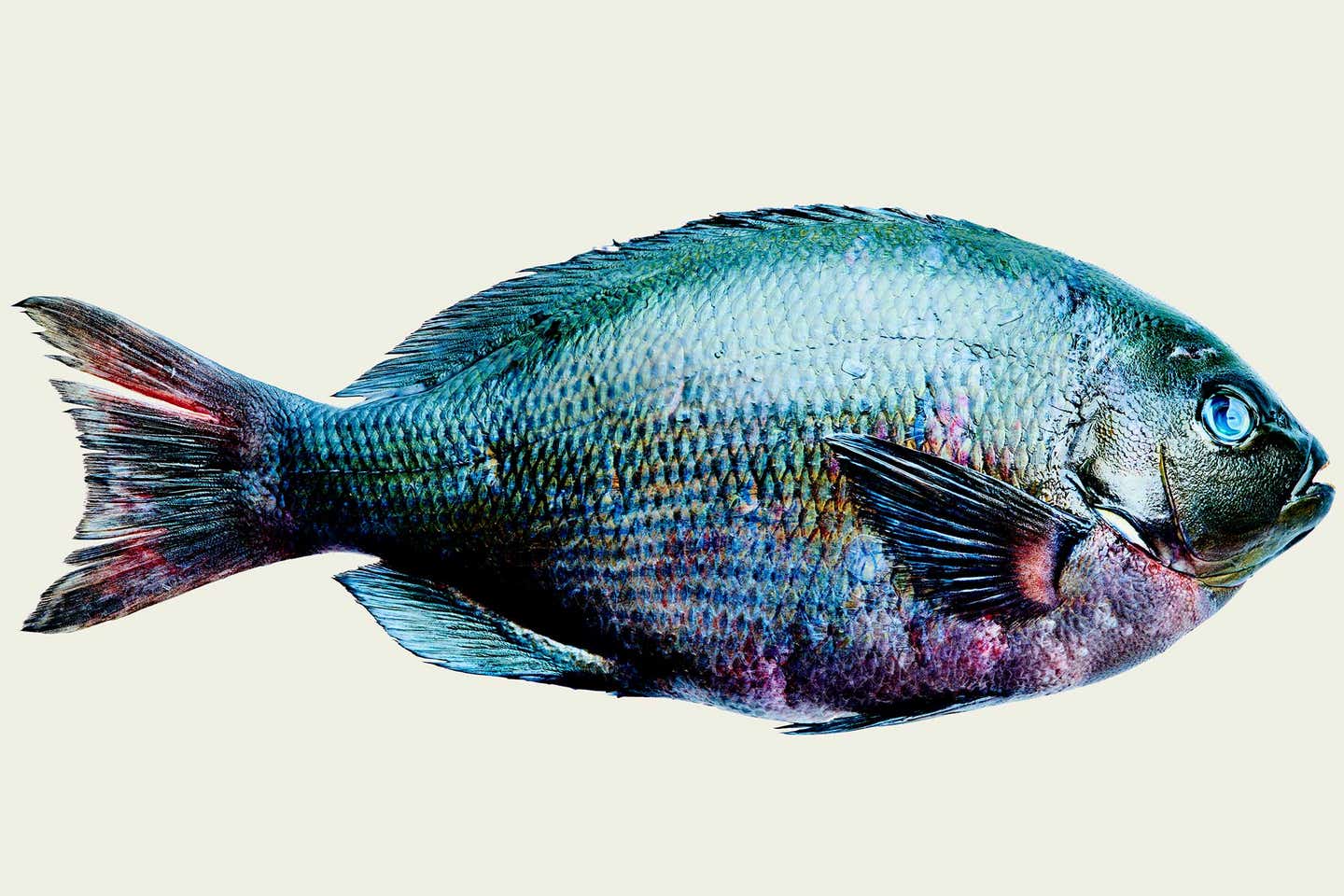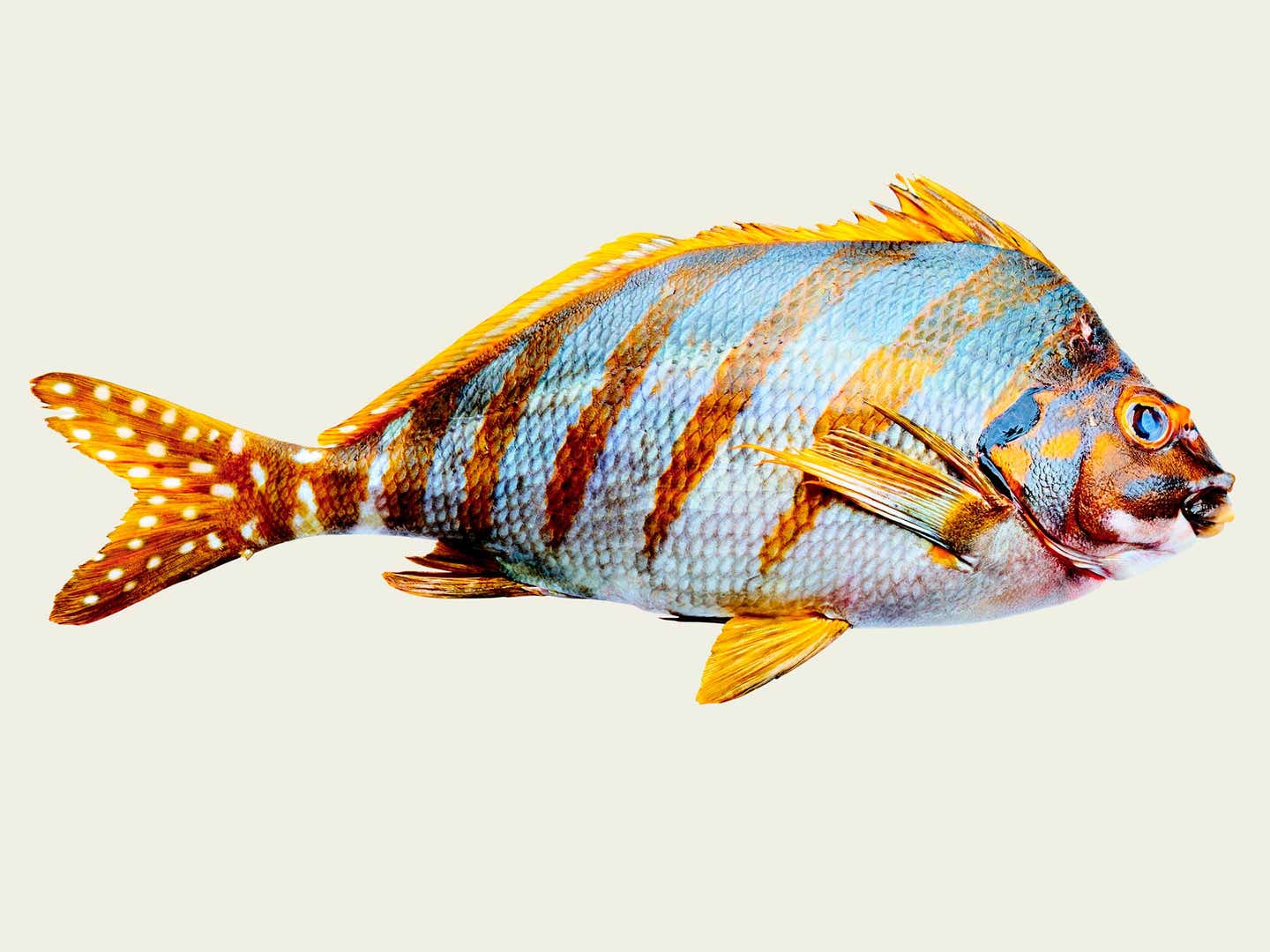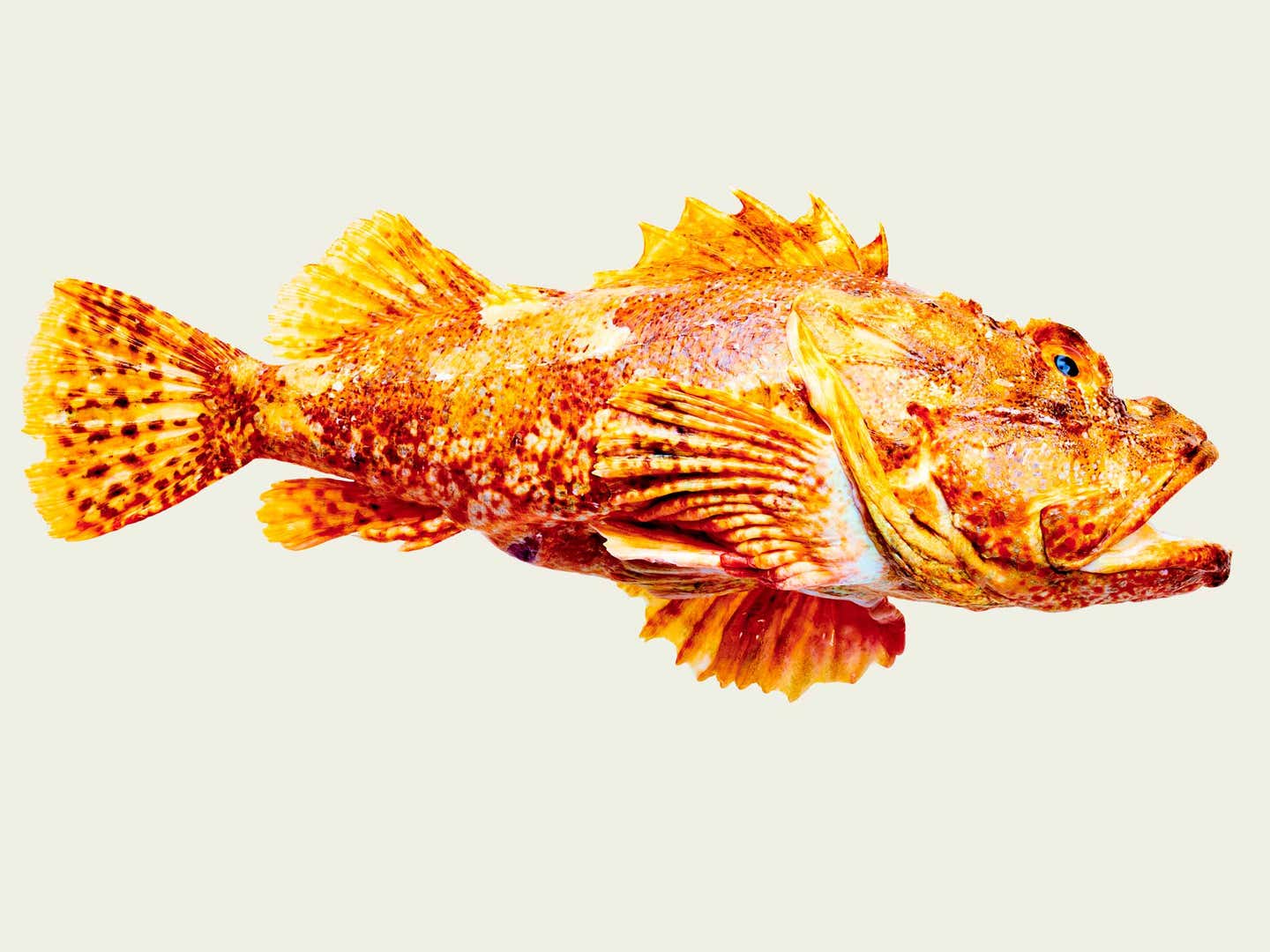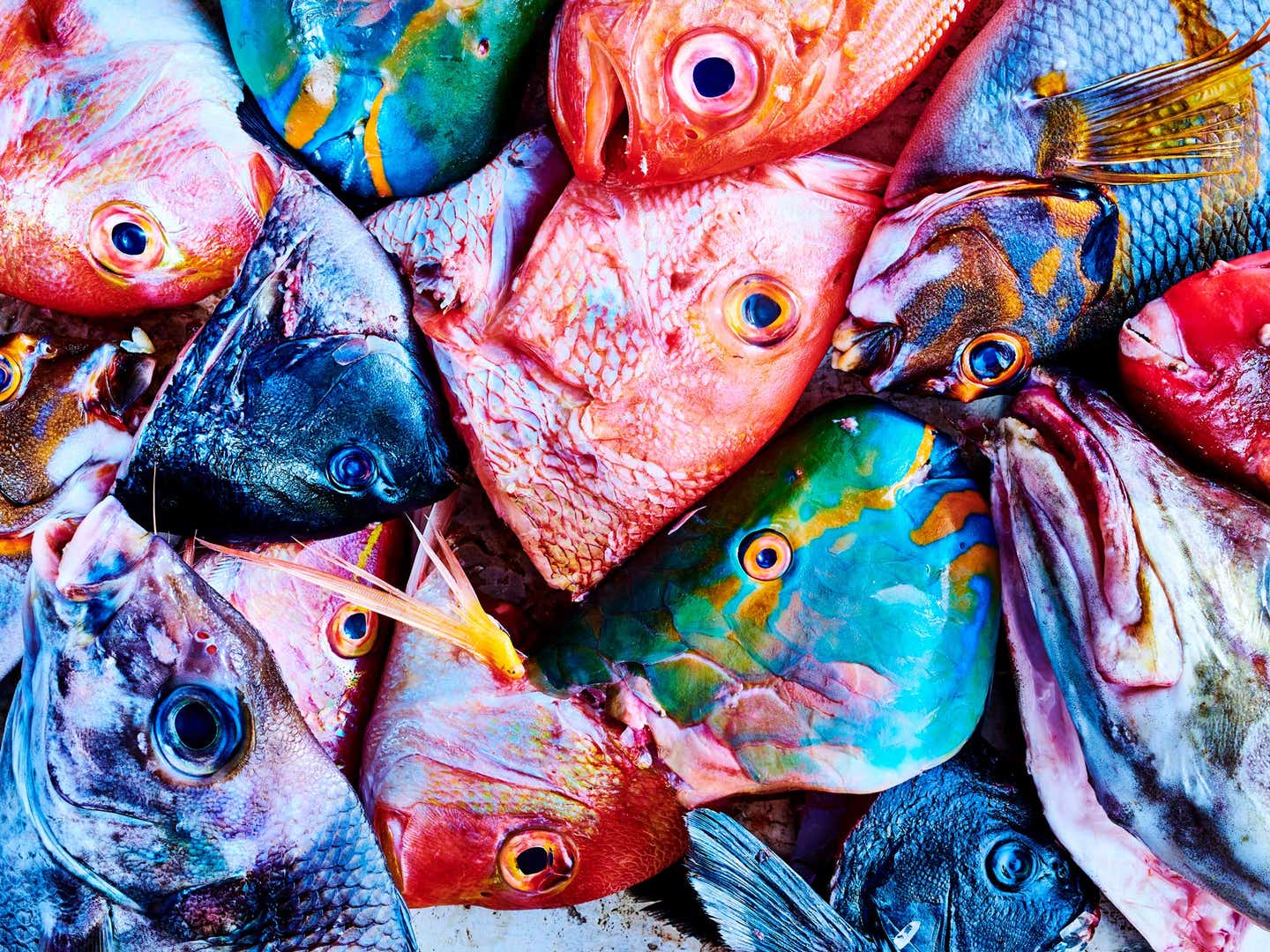
8 Exotic Fish You Should Know About
Instead of salmon and tuna, try some robin fish or takanohadai
Some estimates say the world’s oceans are home to 20,000 species of fish. Yet somehow the vast majority of these are threatened by overfishing. Wherever you are, eating a wider diversity of species and regularly looking into catching practices and stocks to be sure they are sustainable is a way to help take the pressure off many of the most commonly requested varieties.
“What’s at fish markets is really just a product of what the public demands at any time,” says Anderson Witherell of The Fish Guys, Inc, in St. Louis Park, Minnesota, a restaurant-focused seafood wholesaler in the Twin Cities. “In America, people don’t eat that much fish to begin with, so we’re all kind of behind on general fish knowledge. And everyone is set in their ways about liking certain fish like salmon or halibut or haddock.” It’s asking for the lesser requested fish, Witherell says, which may be perfectly delicious but don’t have a huge market demand, that can help prevent overfishing and help do the oceans a favor.
Of course, Witherell explains, it's not only demand that drives the selection in markets: Some fish aren't commonly targeted for retail because there isn't a way to easily fish them in large numbers. "They might not found in big schools, or they require a specific lure," he says. "So it's a lot easier for fisherman to go and set lines for things they know are going to catch lots of and that have good market value." While The Fish Guys have chefs from local restaurants constantly asking them to bring in new species, for consumers to become familiar with these fish can require talking to a local fish market expert, and being willing to branch out. "People automatically think if they're not near the coast or they're in a so-called flyover state, they can't have good seafood. It's just not the case anymore. We've got the technology these days, the ability to ship this stuff anywhere in fantastic condition, so that is a misconception."
Here are some fish he enjoys and recommends.
Robin Fish or Gurnard
The bottom-feeding robin fish is typically caught as bycatch and prized by fisherman who often save it for themselves
Found in New Zealand and Hawaii, or off the east coast of the US, this bottom-feeding fish is typically caught as bycatch and prized by fisherman who often save it for themselves. “The fish scoops up mollusks and crabs along the ocean’s floor, giving the flesh a sweetness,” Witherell says. Their bodies, which have fins like the wings of a butterfly, are sort of tubular shaped, creating a thick, long filet. “They’re great for whole fish preparation because they don’t have a ton of small bones, average between one and three pounds, and have a really meaty fillet that comes off easily.” Watch out for their spines while preparing.
“This fish is so old school, I feel like my dad would like it,” Witherell says. A super classic predator species which Witherell sources from the eastern Pacific, John Dory is cited as fine fare in cookbooks back to the early 1800s and considered one of the best eating fish out there. The body is laterally compressed, which creates a super tall fillet, and the bones are fantastic for stock. “I would probably bake this in the oven, eat the fillets, and use the carcass to make a nice fish stock.” The fish’s very small scales are great for crisping. And never forget the cheeks—which Witherell says is the best part of any fish.
Itoyori
Itoyori are also called sharp-tooth snapper and have a thick, meaty-textured white flesh with a mild flavor
Popular in Japan but findable on the west coast of America, itoyori are also called sharp-tooth snapper and have a thick, meaty-textured white flesh with a mild flavor. You’ll often see them used in sashimi or sushi in Japan (raw, the fish has a light crunch when biting in), or roasted whole elsewhere. “Try it sliced into crudo or chopped in ceviche,” Witherell says.
Yellow-Backed Bream
In Japan, yellow-backed bream is typically scaled, cut for sushi or sashimi, and the skin is torched a little bit
"These guys are super delicious," Witherell says. "They're actually not dissimilar to itoyori, but a little more delicate, similar to red snapper." In Japan, where they're called renkodai, the fish is typically scaled, cut for sushi or sashimi, and the skin is torched a little bit. "This fish is laterally compressed so it has a nice tall filet good for pan-frying, and it's thin skin will crisp up well in a pan, compared to a fish with thick skin like a halibut, for instance." Because of this, Witherell says you can do anything with this fish: "It's some seriously good eating."
New Zealand Golden Snapper
New Zealand golden snapper meat is light pink and works well in cooked or raw preparations
“In true New Zealand fashion, they’ve named this fish completely wrong,” Witherell laughs. “It’s not a snapper, rather it’s actually related to orange roughy.” The meat is light pink (a sign that it is a little more on the oily side) and works well in cooked or raw preparations. “They’re very sought after in spearfishing because they are in deep water (as deep as 100 meters sometimes), so they are hard to catch. The quality of the meat is so good though.” The fillets can be very beefy with few bones.
“This one has a million names: In Japan it’s mejina, elsewhere I’ve seen it as large-scale blackfish. They’re widely distributed so they’ve got a name from every country,” Witherell says. In Japan, where they’re available in the winter, they are prized for the vegetal flavor their flesh takes on from eating a lot of seaweed. The flesh is neither super flaky nor super meaty, so it’s easy to cook in many preparations. “Even when they serve the fish raw in Japanese cooking, they’ll often blanch then torch the skin and serve that part crispy.”
Because of the unique shape of their mouth, these specialty fish (sometimes called a flag fish) are caught with tiny lures called sabiki that are mostly used in Japan, so you won't come across them often. "They are a reef fish so they live among the rocks and corals, so you can't net them—you've got to target them," Witherell says. It's mainly used in sashimi.
Scorpion Fish
Scorpion fish are a widely spread species you can find in the Caribbean, Hawaii, Australia, and New Zealand
It’s common for these bottom feeders to pretend they are a rock at the bottom of the ocean floor, and then pounce, Witherell says. Scorpion fish are a widely spread species you can find in the Caribbean, Hawaii, Australia, and New Zealand. “They’re sort of ugly and their spines are poisonous, but their meat is really good. Once you break in to them, they have a thick, long fillet, kind of like a cod.” He recommends them in stews like bouillabaisse, since the meat has a large flake to it but can still stand up to longer cooking times. Get it filleted by the fishmonger if you can, but make sure to take home the carcass for stock.
Keep Reading
Continue to Next Story
